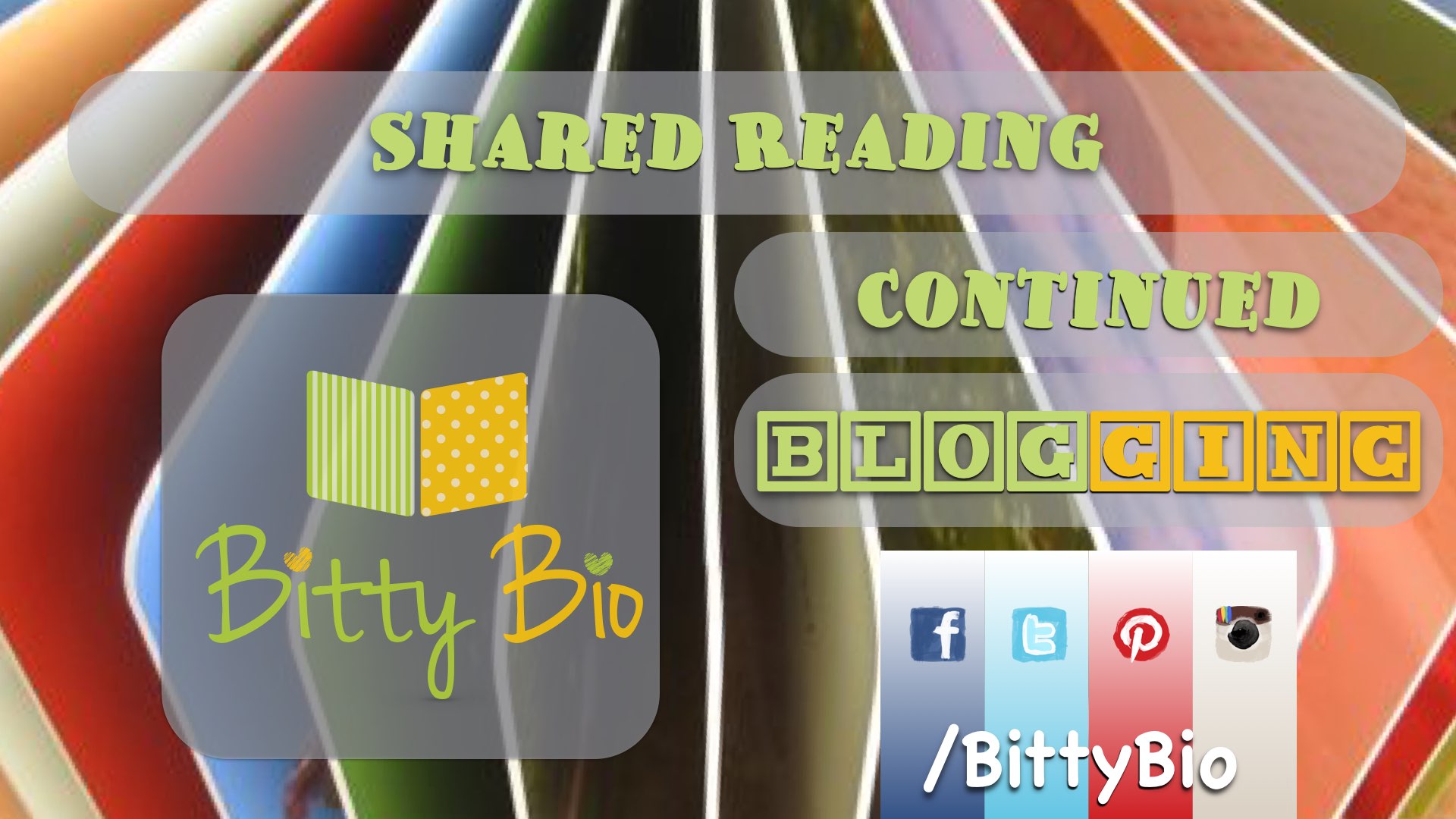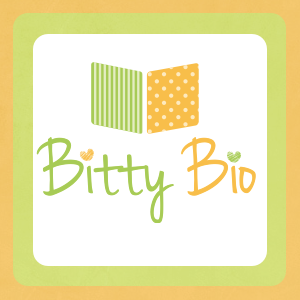Continued - Shared Reading
Continued - Parent and Child Shared Reading
Last time we discussed three ways you can use books to facilitate a child’s ability to learn language.
This week we are going to explore three more ways you can help make reading a language-learning experience for your child!
Remember sharing a book is an ideal time for having a conversation with your child and can help you to facilitate language development because:
Continued - Parent and Child Shared Reading
Last time we discussed three ways you can use books to facilitate a child’s ability to learn language.
This week we are going to explore three more ways you can help make reading a language-learning experience for your child!
Remember sharing a book is an ideal time for having a conversation with your child and can help you to facilitate language development because:
- Looking at books develops concentration and attention span
- Parents can use modelling, repeating and imitating to help elicit language
- Repetition is a natural part of reading books
- A favourite, familiar book reinforces already learned language
- Number Four: Ask Questions About Print
This is like talking about print, except that you can ask a few questions about the print or the way it works and give them the answers. This helps to not just focus attention on the print, but also helps children figure out why it is there and how it is used.
Say things like:
- What do you think this word says? (point to an important or easy word)
- Where should I start reading on this page?
- Now where should I read?
- Why are there words next to the bear? (because he is talking)
Number Five: Talk About the Alphabet and Letters
Try to link a letter to the child’s life if you can. This helps children notice the letters that make up the words so they can sound out a word they don’t know later on.
Say things like:
- This is the letter A. Your name starts with the letter A!
- This is a capital T, but this is a small t. They are the same letter but we can write them different ways
- Here is the letter C. We see that letter a lot because it starts the word ‘Crest’ on our toothpaste
Number Six: Talk About Rhyming Words
Learning rhyming words helps children figure out sounds and endings of words that often look the same. It also helps them to notice the first sound of a word and that it is different from another sound in a word. These things, with the alphabet, help kids learn parts of words and to link those sounds to the letters.
Say things like:
- (Reading) “pull up the blue jeans, button and ZIP. On with the socks and now for a FLIP. Did you hear the rhyming word? (Put emphasis on the rhyming words and read it again).
- Zip and flip rhyme. They sound the same, but don’t mean the same thing. What else rhymes with zip? (tip, hip, sip, lip, rip)
- You listen for rhyming words while I read. Tell me if you hear a rhyme. (Say the rhyme more loudly and slowly, even more if they don’t get it on the first try, maybe pause before the word)
Thanks for joining us. Please leave a comment below and share the post.
